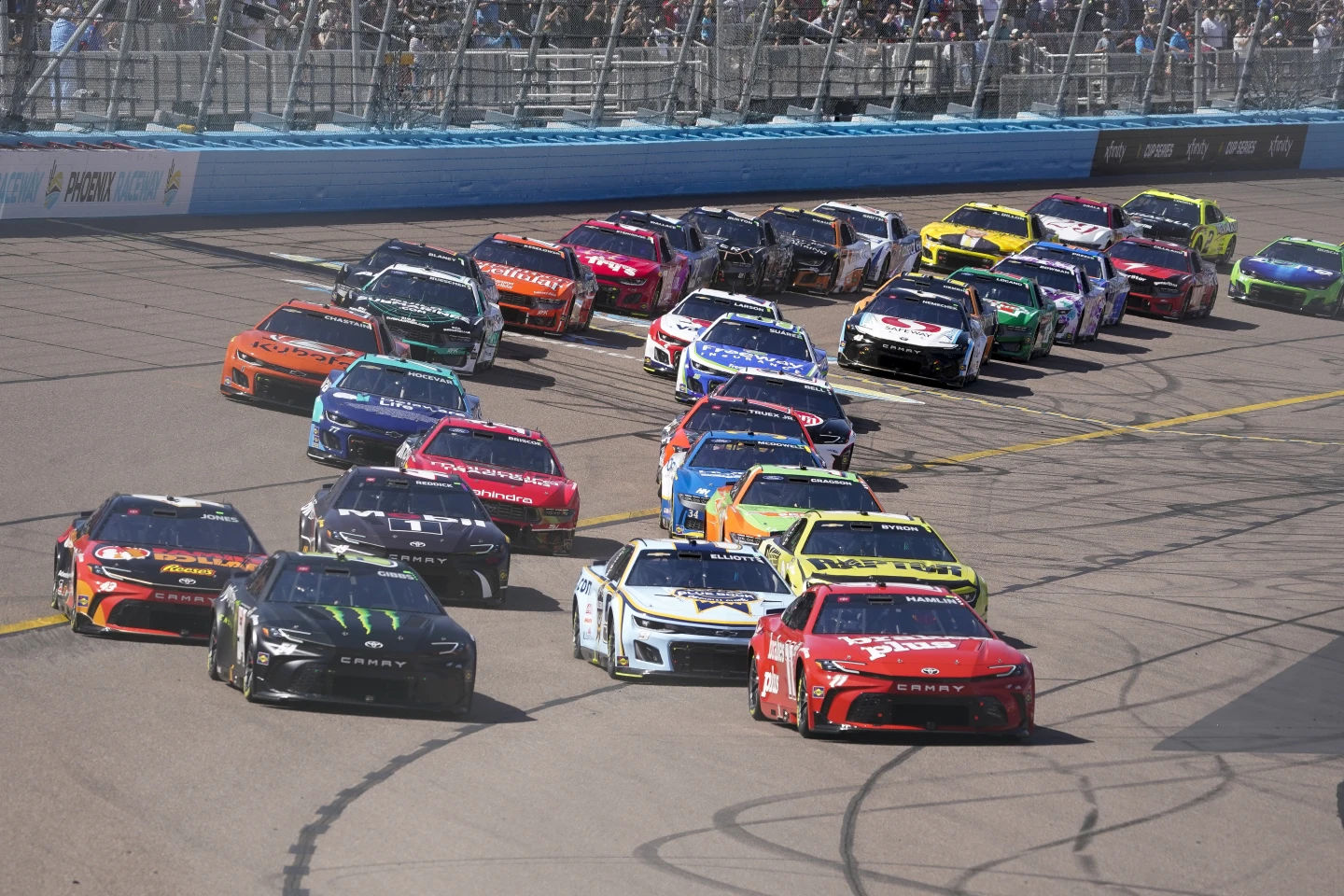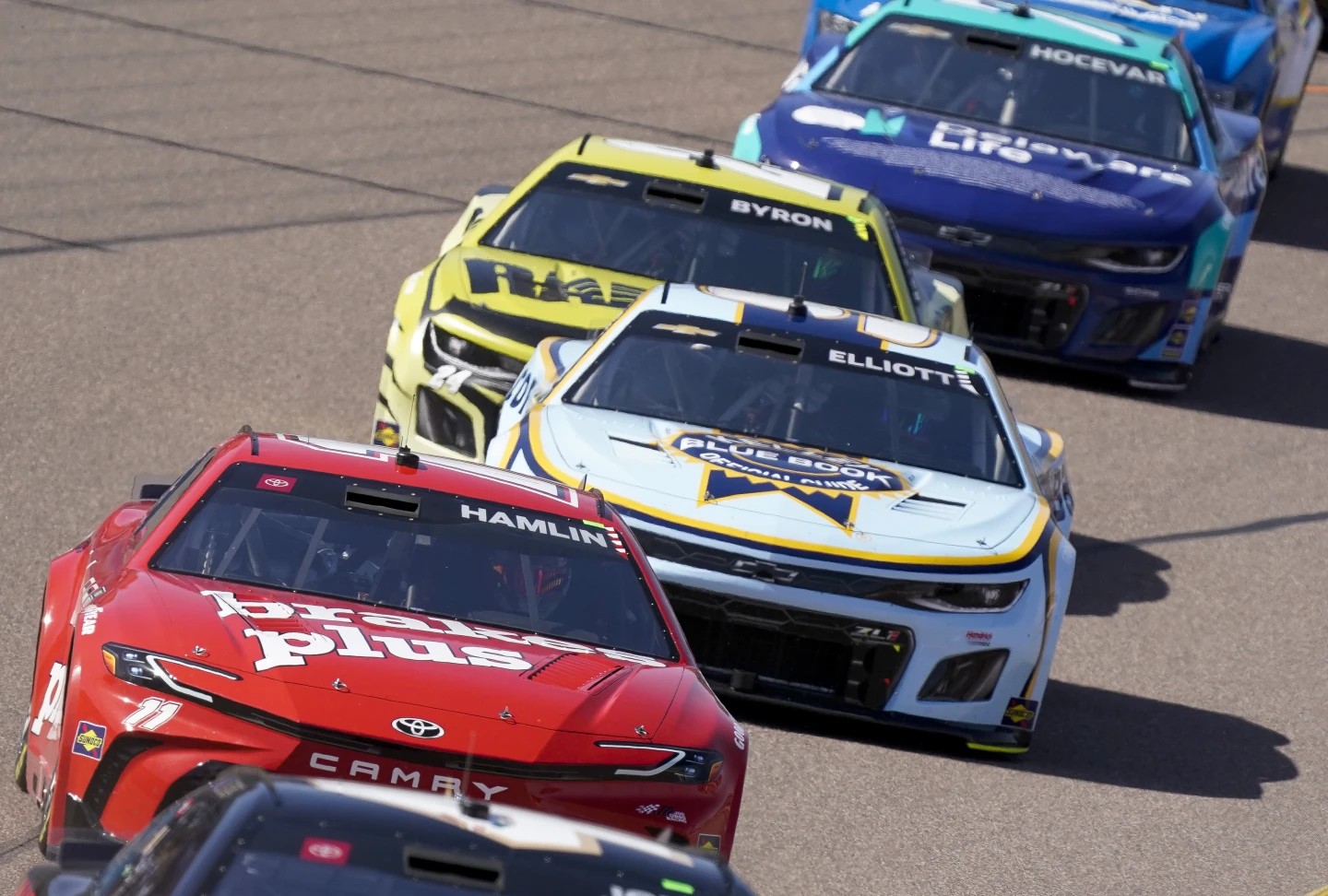Bristol Motor Speedway has reverted to its traditional concrete surface for its annual spring race, bidding farewell to the dirt it had embraced for the past three years.
The renowned short track experimented with red clay for its initial event of the season, but the feedback was mixed. As the novelty waned, the subpar racing within the 0.533-mile bullring overshadowed the excitement of the Cup Series running on dirt for the first time since 1970.
NASCAR has responded by returning to the norm, a move that has been welcomed by several drivers.
“Even growing up on dirt, I prefer the high banks on the concrete,” remarked Kyle Larson of Hendrick Motorsports. “It’s one of the coolest places to race at, and I have had a lot of success there. I’m hoping for another great result this weekend.”
His teammate William Byron echoed the sentiment, saying, “The dirt was cool, but I think it had its time. The concrete track always puts on a good race, and selfishly, we run better on the concrete.”
Officials are hopeful that Sunday’s spring race will evoke memories of Bristol’s heyday in the 1990s, when the track was renowned as one of the toughest tickets in sports. With a sellout streak stretching from 1982 to 2010, the short-track racing provided ample drama and unforgettable moments.

Finding the right setup for the “Next Gen” car is crucial, especially considering its struggles on short tracks in recent years. While NASCAR has experimented with various rules packages, including a recent test at Phoenix Raceway, finding the optimal solution remains a challenge.
Sunday’s race will serve as a throwback and a preview of what lies ahead at short tracks over the next month, with Cup races scheduled at Richmond Raceway and Martinsville Speedway.
Reflecting on the changes, defending series champion Ryan Blaney commented, “Maybe in a few years you could throw dirt on it again, but I had no big feelings about it either way.”
To enhance racing at Bristol, NASCAR has implemented a resin-based traction compound to ensure multiple racing lines.
“It’s just a fun track, honestly,” remarked Chris Buescher of RFK Racing. “I’ve loved where the surface has gone. I’d love to see the bottom and top have equal opportunities to make speed and make passes.”
With Bristol offering multiple lanes for racing, drivers are eager to put on a thrilling show for fans.
